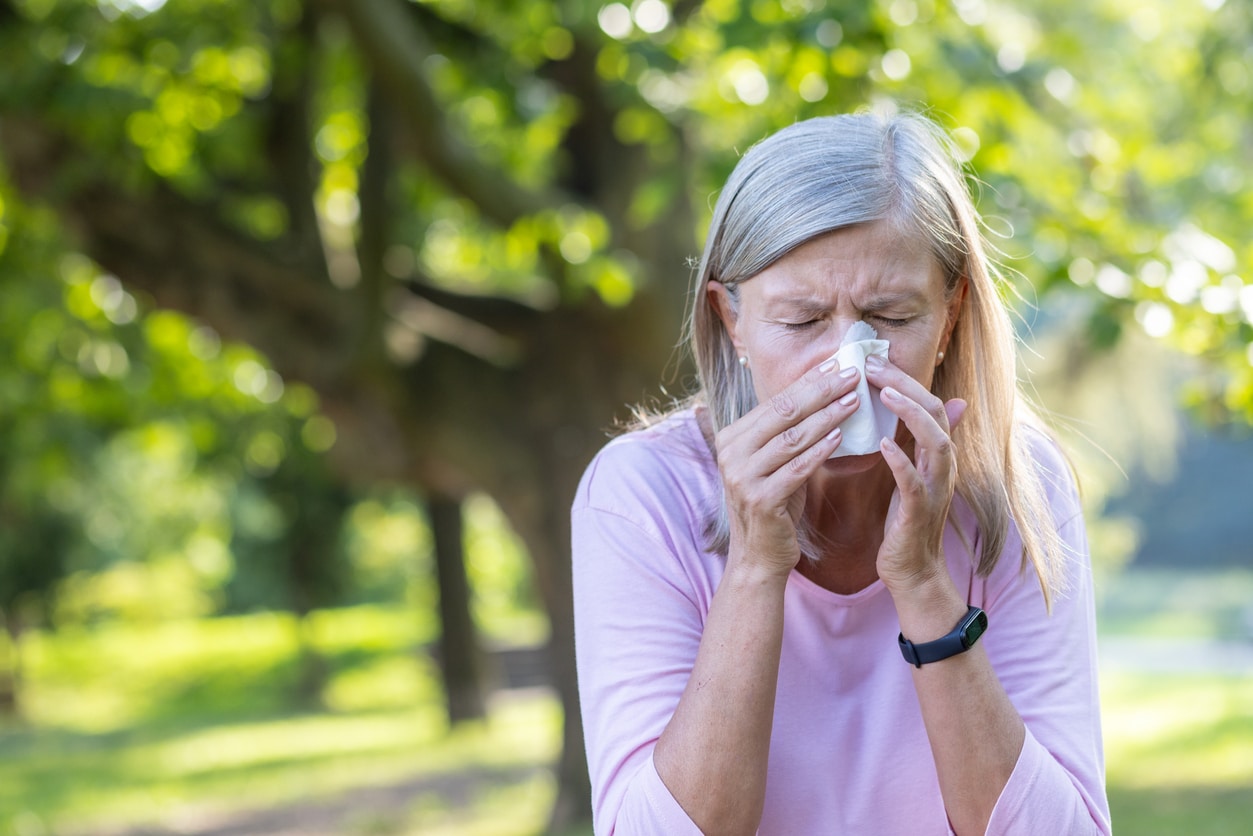Allergies are the sixth-leading cause of long-term illness in the United States. Although they’re common, each person’s experience with them is unique. For some, it may be just an occasional itchy nose during pollen season, while others may face more severe reactions, like difficulty breathing or swelling. Knowing how to react following an allergic reaction is crucial to ensuring you and the people around you are safe, regardless of the circumstances. Let’s take a look at five essential steps to take following an allergic reaction.
1. Identify the Symptoms

Recognizing which allergy symptoms you or someone else is exhibiting is the first step in knowing how to treat it. Keep a look out for the following symptoms for each type of allergen:
- Food allergies. Look for itching, nausea, vomiting, hives, swelling in and around the mouth and airway closure.
- Airborne allergies (pollen, dust etc.). Look for a runny, stuffy or itchy nose, sneezing, itchy eyes, watery eyes and shortness of breath (most common in asthma patients).
- Medication. Look for a rash, hives, itching, swelling and shortness of breath.
- Latex. Look for a runny or itchy nose, hives and difficulty breathing.
- Stinging insects/venom. Look for hives, swelling around the face, mouth or throat, rapid pulse, dizziness, drop in blood pressure, wheezing and difficulty breathing.
2. Address Serious Symptoms First
Itchy eyes and hives are unpleasant, but they aren’t life-threatening. Address serious reactions like a drop in blood pressure, increased heart rate, weak pulse, feeling faint, shortness of breath, difficulty breathing, inability to swallow or severe stomach issues like diarrhea or vomiting first. These symptoms are signs of a severe allergic reaction called anaphylaxis.
An epinephrine injection, often called an EpiPen, is the only treatment for anaphylaxis.
It’s essential to act quickly in cases of anaphylaxis. If you or someone else exhibits any of the above symptoms, administer the shot immediately. After administering the shot, seek treatment at the nearest emergency room for a full recovery. If you have severe allergies but do not have an EpiPen in your home, talk to your allergist about a prescription.
3. Treat Mild Symptoms
If your allergic reaction is not serious, or you’re out of the danger zone, you can start treating mild symptoms. Some common treatments may include antihistamines, decongestants or topical ointments.
4. Remove the Allergen
When possible, removing the responsible allergen is an essential step in stopping an allergic reaction. For example, if you’re reacting to a dog, move away from them. If a day in Mollohon Park sets off your pollen allergies, come back when pollen counts are lower.
5. Talk to an Allergist
Allergies can be uncomfortable and scary, but we’re here to help. Contact Carolina Pines ENT today to speak to one of our specialists about allergy testing and treatment.
